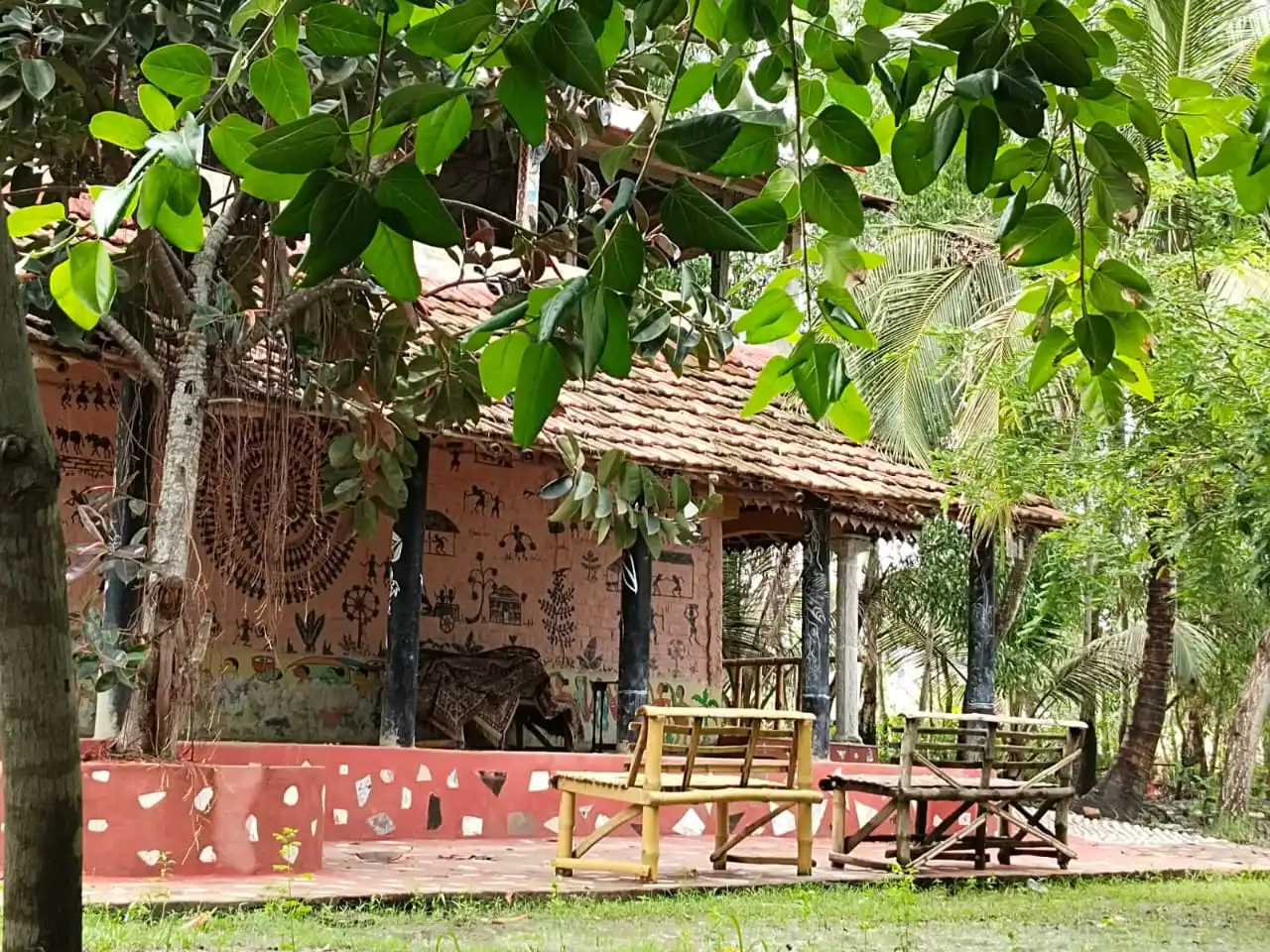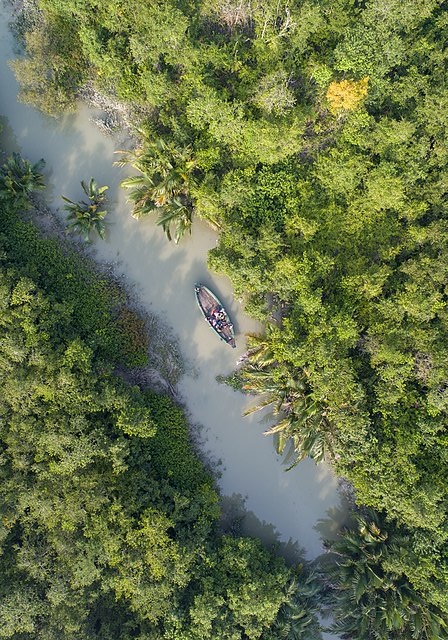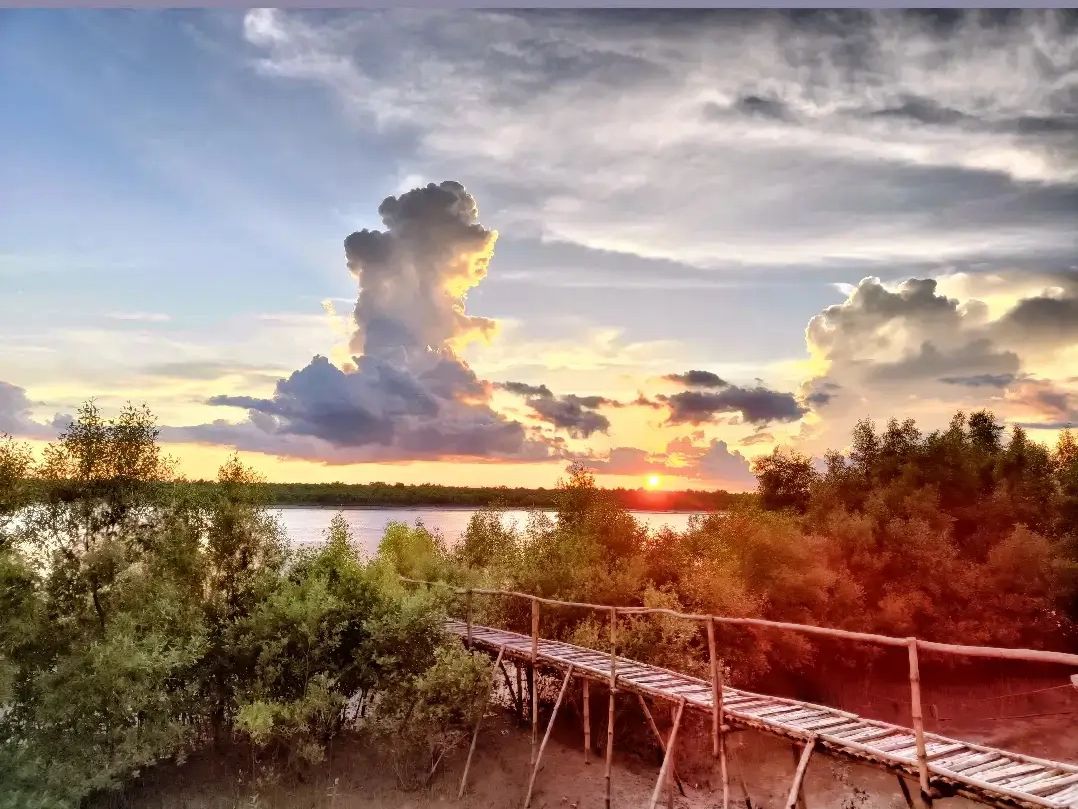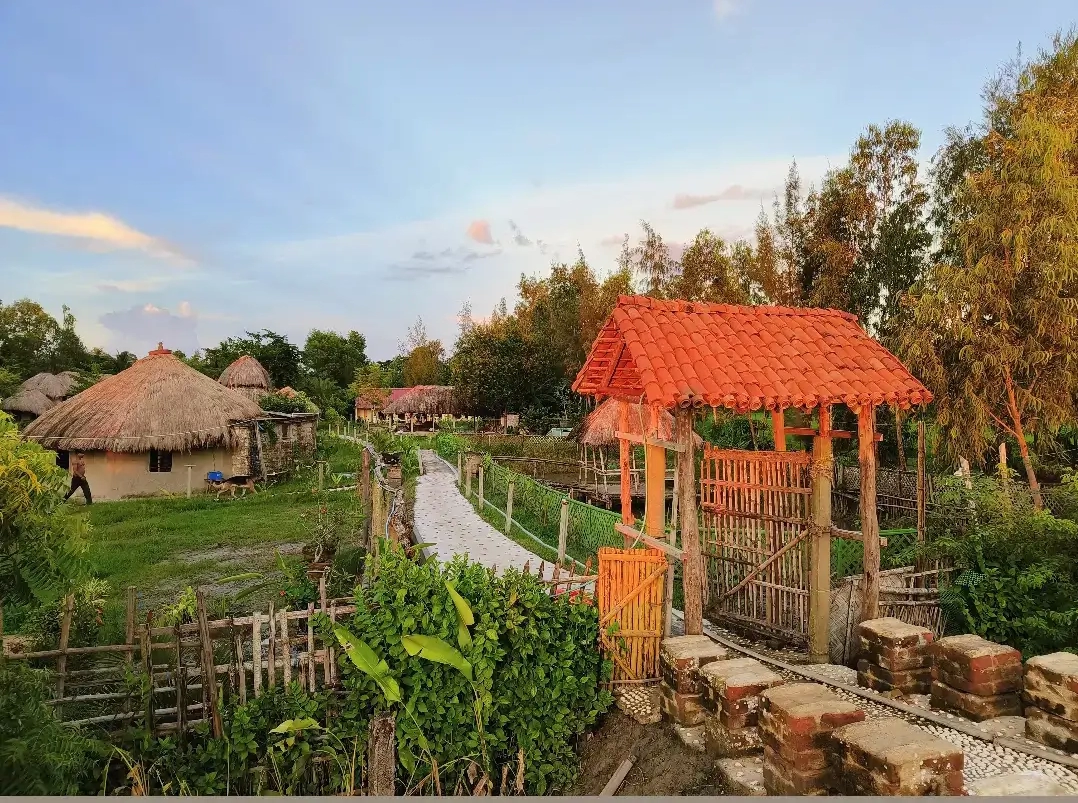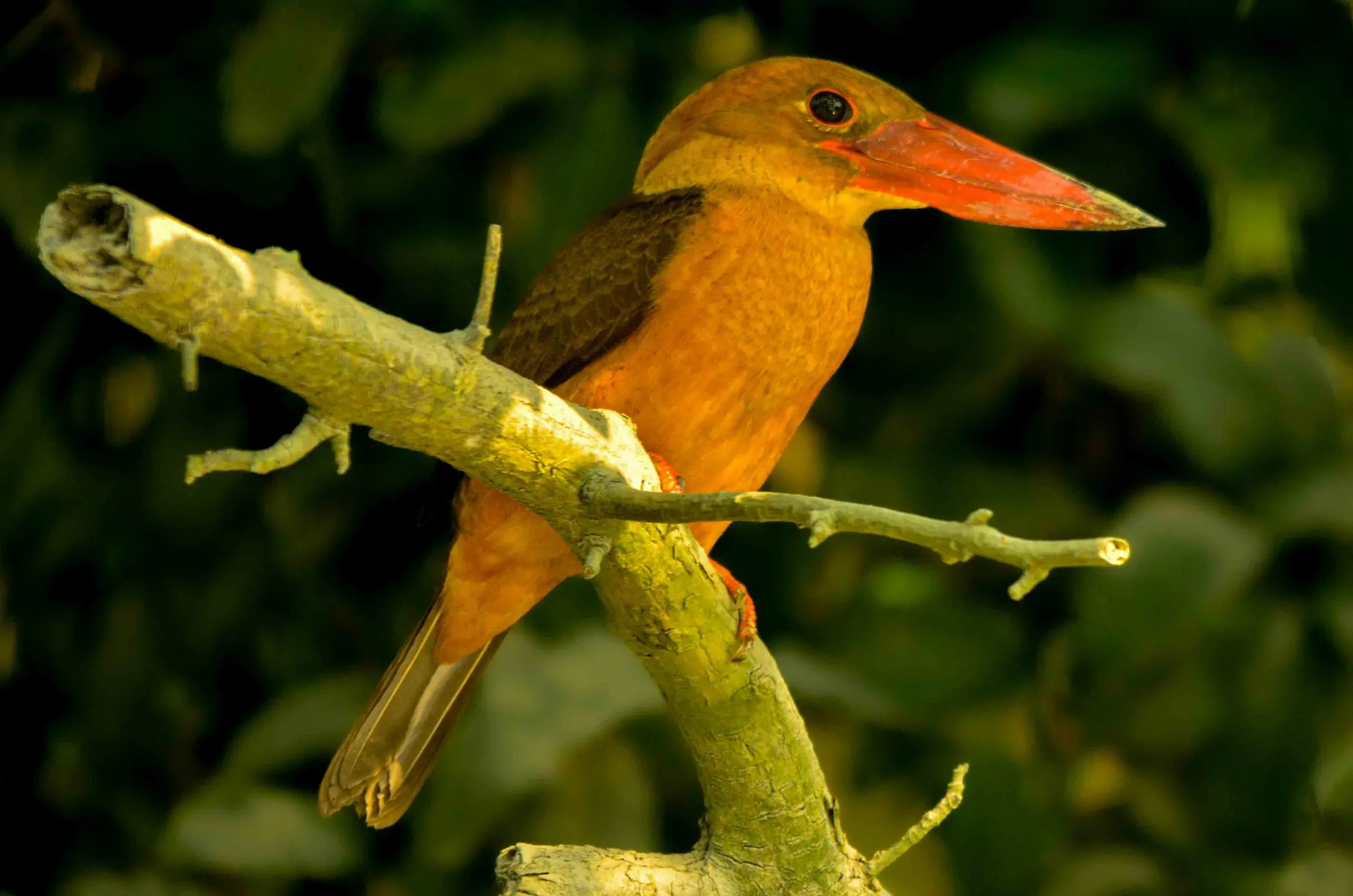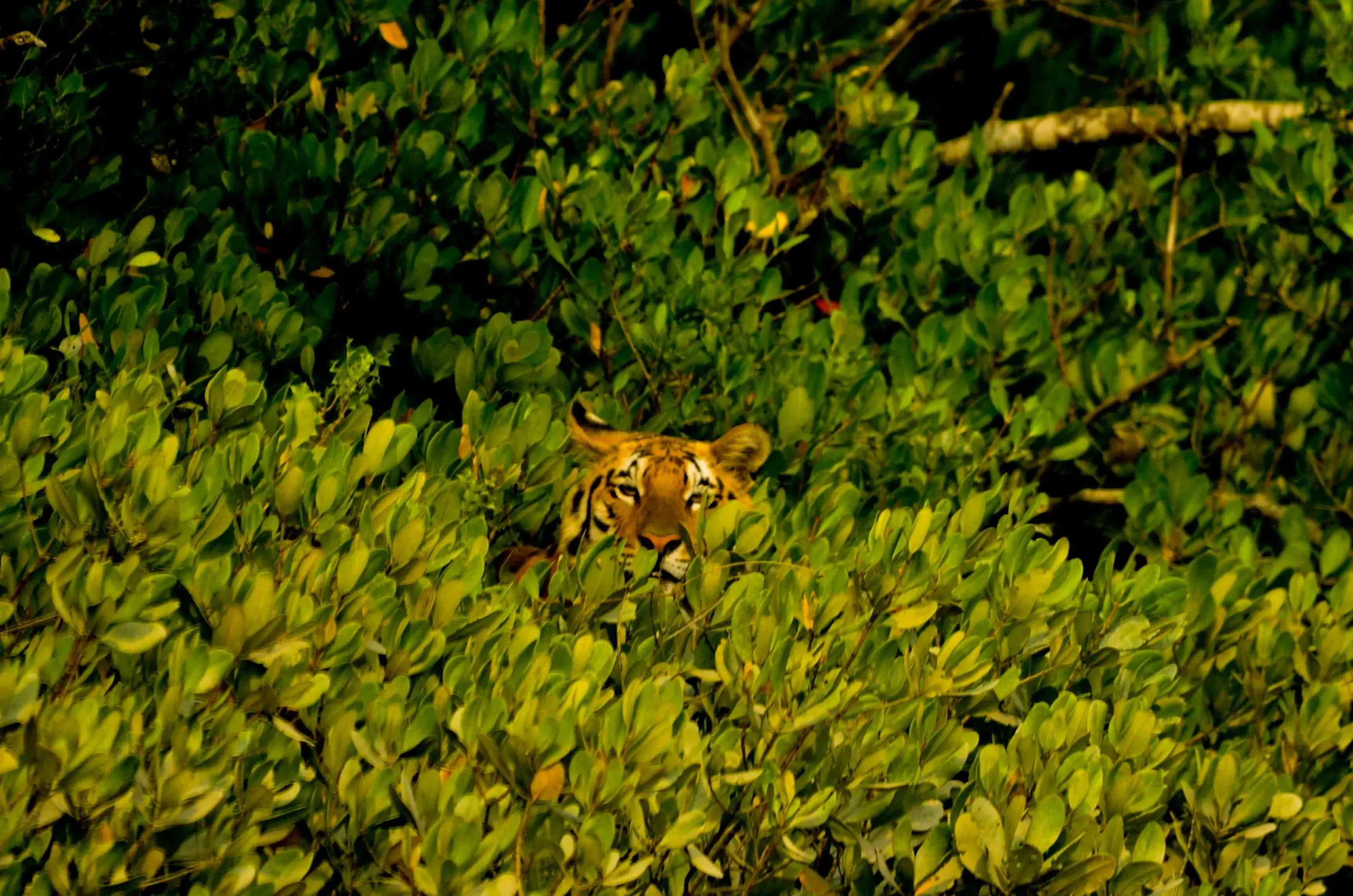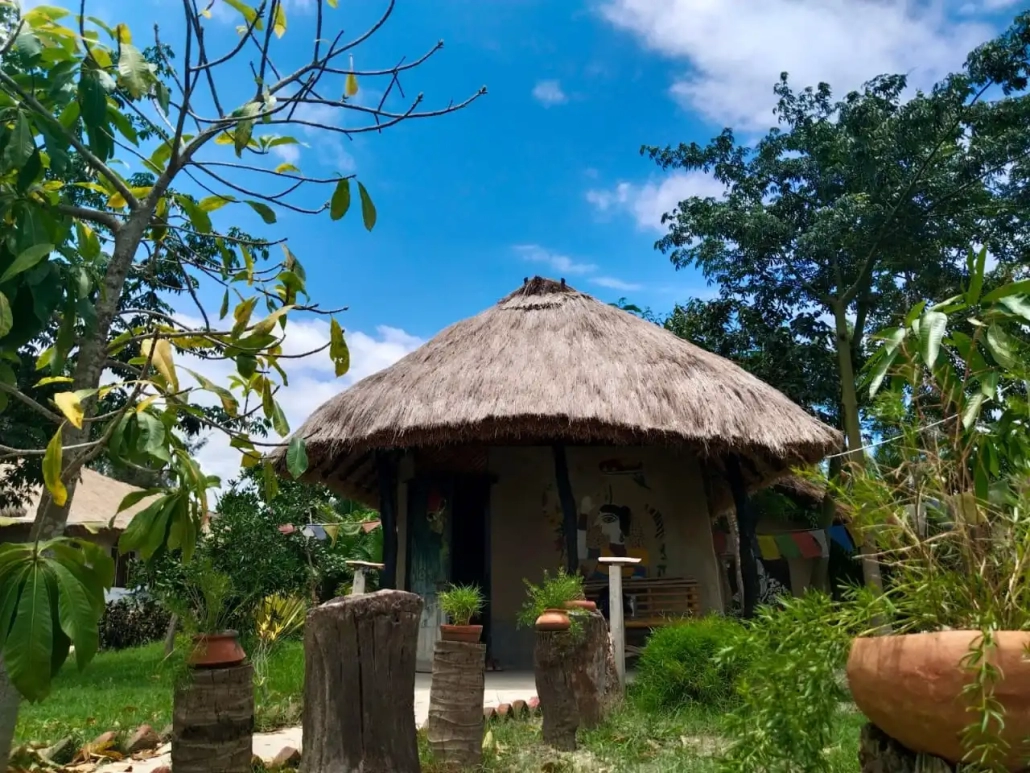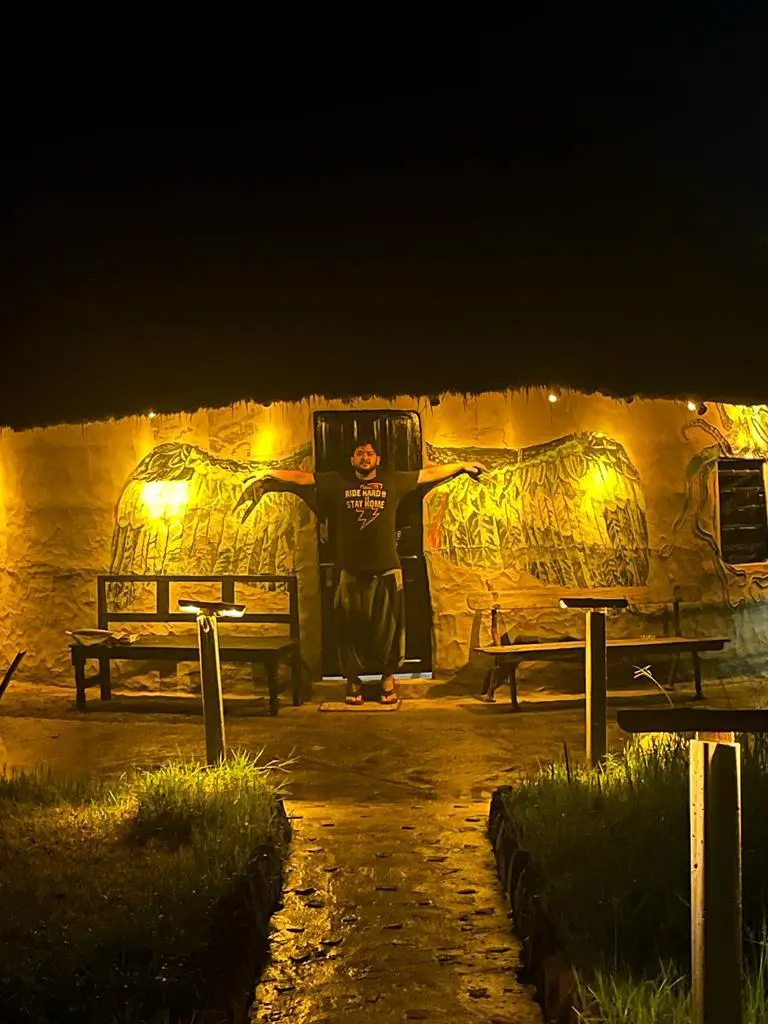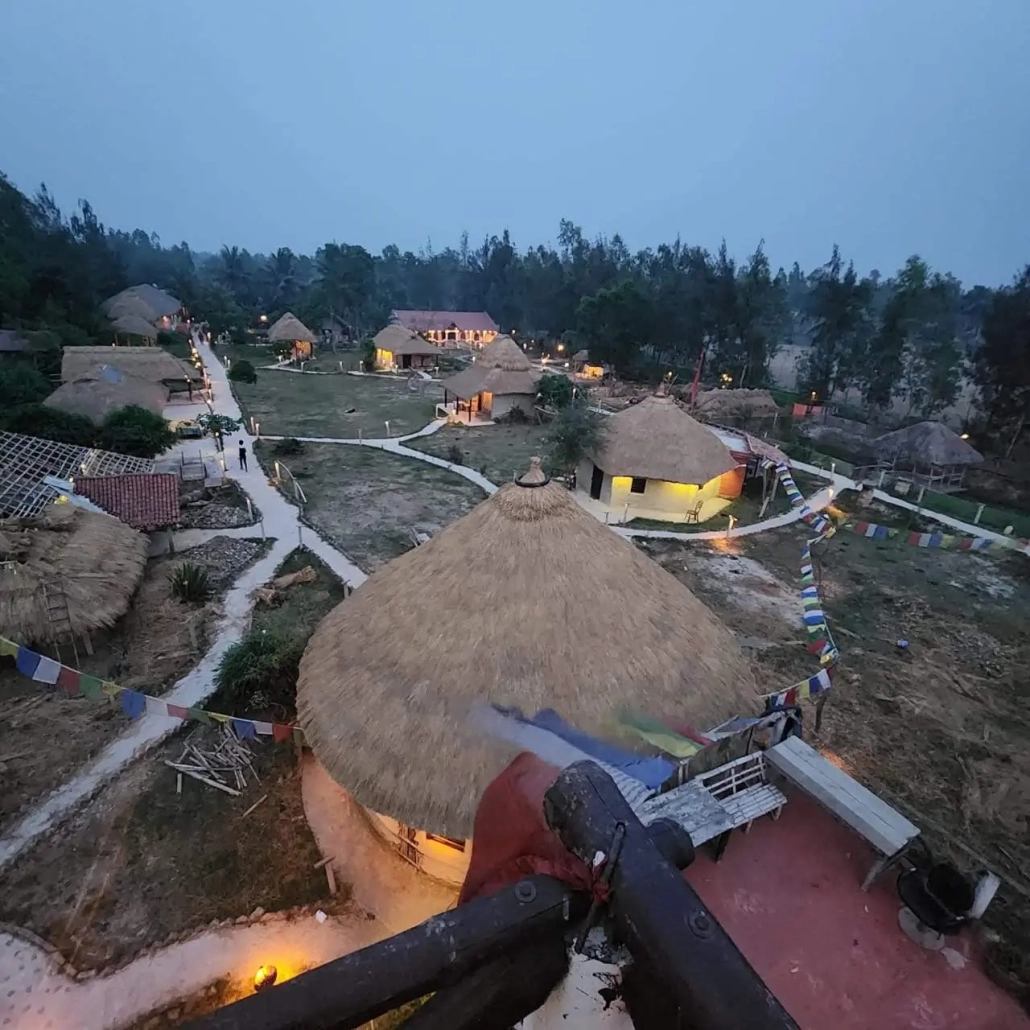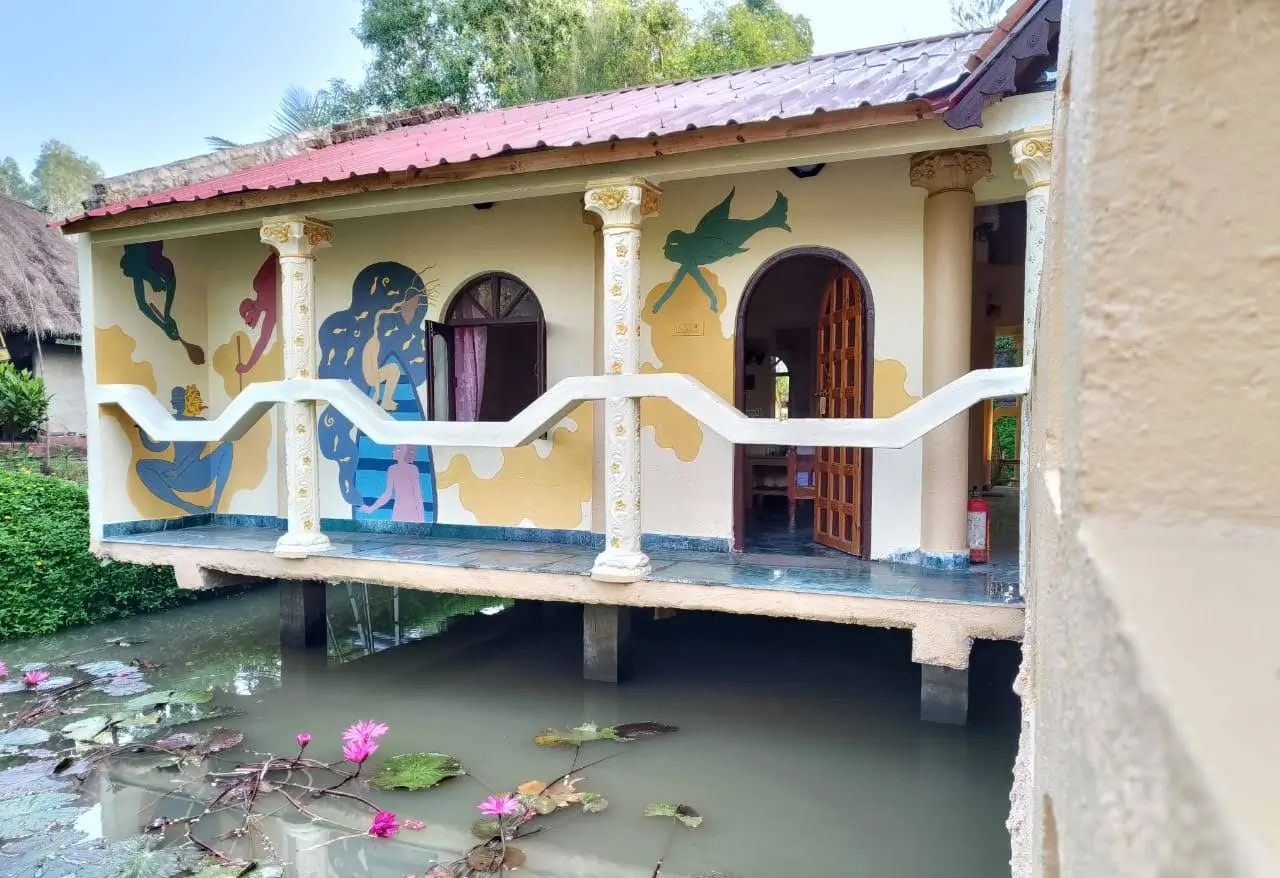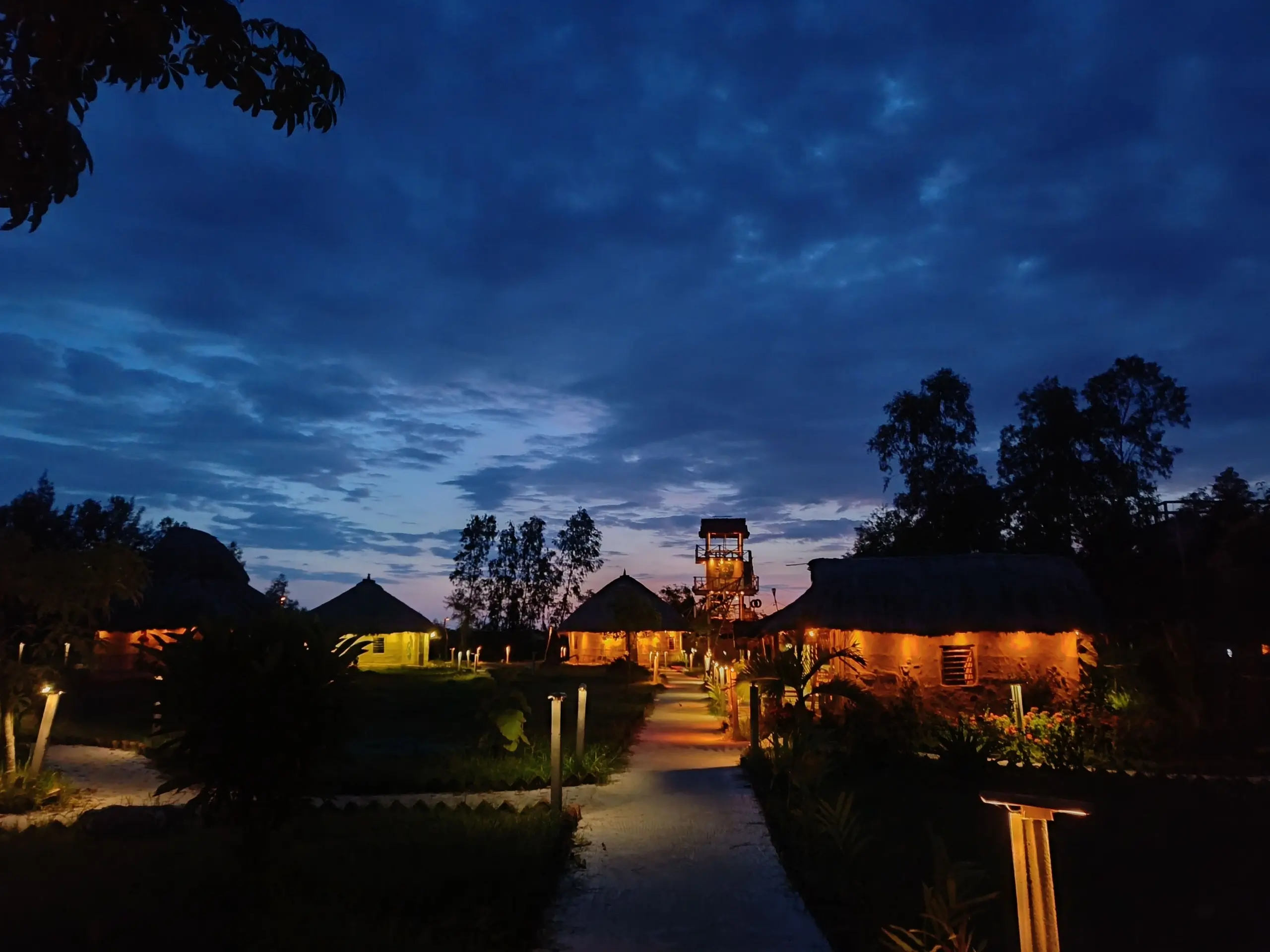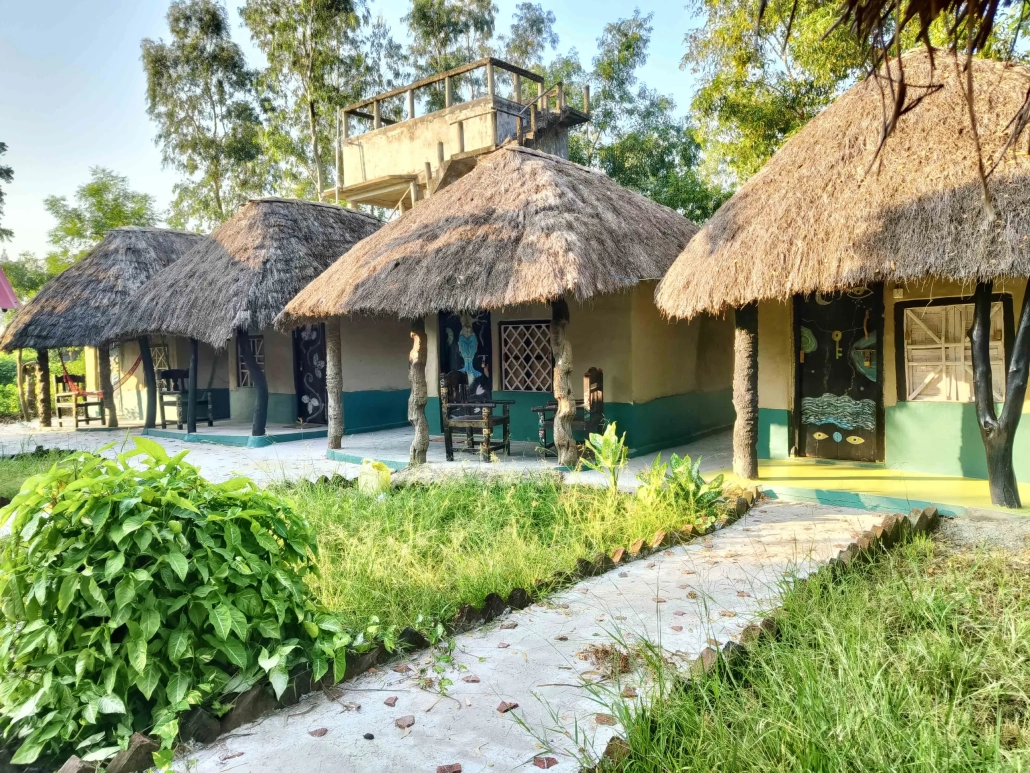The mysterious and alluring Sundarbans, a UNESCO World Heritage Site and the biggest mangrove forest on the planet, are located in the delta of the Ganges, Brahmaputra, and Meghna rivers. The Sundarbans have long called on intrepid travelers to explore its natural splendor because they are home to the elusive Royal Bengal Tiger and a spectacular array of species.
Many tourists only opt for a sundarban one day tour package while exploring this wild area.
In this article, we explore the fascinating traveler encounters of people who have journeyed into the Sundarbans, where a single day is sufficient to forge lifetime memories.
 Let’s Plan Your Sundarban One Day Tour Package
Let’s Plan Your Sundarban One Day Tour Package
Under this section of the article, let’s read how you can plan your one day trip to sundarban, that will allow you to explore bit of everything in the given time you have:
The Tiger’s Gaze: An Up Close and Personal
Seeing the recognizable Royal Bengal Tiger is one of the most thrilling experiences in the Sundarbans. Traveler John says, “We saw fresh pugmarks on the mudflats as our boat softly crossed the tight rivers. Suddenly, the mesmerizing tiger was sitting under the canopy. We experienced a profound sense of connection with this remarkable creature as there was a palpable silence on our boat. Even though they are uncommon, such encounters leave a lasting impression on those who were lucky enough to see them.
1. Mangrove Mystique: Finding Your Way Through the Magical Forest
Mangrove forests in the Sundarbans are a maze of winding streams, soaring roots, and rich vegetation. Every turn of the boat offered a new mystery, including the spooky beauty of the mangroves, the cacophony of songbirds. If you think this is where your one day trip to sundarban ends then don’t worry because there is so much more for you.
The excitement of navigating these enigmatic water corridors, as described by Sarah, an avid nature enthusiast. It was like entering a forgotten realm. The serene beauty of the mangrove forests frequently provides travelers with comfort, and the memory of that experience lasts long after they have left.
2. The Birdwatcher’s Paradise: An Avian Spectacle
The Sundarbans are nothing short of a utopia for ardent birdwatchers. The region is home to a surprising variety of bird species, from eagles to kingfishers. “I lost count of how many species we spotted in a single day,” exclaims Emily, a bird aficionado. It was simply stunning to see the colorful feathers against the emerald green scenery. Any person who enjoys birds must go there.
3. Charm of the Island: Visiting Local Villages
The Sundarbans are not merely a place of untamed nature; they are also inhabited by a hardy and kind human community. Travelers frequently stop by nearby villages where they can experience traditional Bengali cuisine, participate in cultural exchanges, and observe traditional fishing techniques.
“The warmth of the villagers and the simplicity of their lives were humbling,” writes tourist Rajesh. We had memorable experiences like telling stories, dancing to the music of the area, and eating delectable seafood.
4. Joining Forces for Preservation on a Day of Conservation
In addition to seeking adventure, many visitors also go to the Sundarbans to support environmental protection. Travelers can actively contribute to the preservation of this distinctive area by taking part in clean-up campaigns, planting mangrove saplings, and spreading knowledge about the vulnerable ecology. These encounters cultivate a sense of obligation to the natural world.
5. Sunsets and peace are what the Sundarbans are all about.
The Sundarbans offer one last, breath-taking sight as the day comes to an end: the sunset over the enormous delta. The air is filled with the sounds of wildlife saying goodbye to the day as the lake shimmers in shades of orange and pink. “Watching the sunset over the Sundarbans was like watching nature paint a masterpiece,” visitor Maria reflects. It was the ideal way to cap off a day full of wonders.
A single day in the Sundarbans can be filled with a variety of tales, from close encounters with elusive tigers to private moments with native tribes. It’s a location where nature and culture coexist together, and every visitor returns home with a special story to share. The Sundarbans, with its mysteries and majesty, invites all who venture here to become part of its rich tapestry of experiences—one day, many stories.
In short
Every traveler learns that a single day can hold a lifetime of stories when they arrive at the heart of the Sundarbans, where the embrace of the river meets the wild wilderness. The Sundarbans creates a tapestry of events that lingers in the memory long after the trip is over, from the breathtaking encounters with the elusive Royal Bengal Tiger to the peaceful hours spent amidst the captivating mangrove trees.
The traveler’s story will include details of the birdwatcher’s paradise, cultural interactions with hardy villagers, and active involvement in conservation initiatives. Travelers are left with the promise of returning as the sun sets over the glistening waters of this amazing delta because there are always more tales waiting to be told in the Sundarbans. Although yes, sundarban one day tour package is not enough to explore
FAQs
Can a day trip to the Sundarbans include taking part in conservation efforts?
In order to help preserve the delicate ecosystem of the Sundarbans, some tour operators do provide tourists the chance to take part in conservation efforts like clean-up drives or tree planting.
What are the finest ways to spend a day visiting the Sundarbans?
In order to navigate the waterways, visit islands, and reach distant locations, tourists can explore the Sundarbans by boat. It is advised to take a guided tour with an expert naturalist for a secure and educational experience.
In the Sundarbans, are there lodgings for overnight stays?
For those who want to stay longer than a day excursion and explore the Sundarbans more thoroughly, there are lodging options in the shape of eco-lodges and resorts.
Is photography permitted in the Sundarbans, particularly during wildlife safaris?
In general, yes, but it’s crucial to abide by ethical wildlife photography best practices and rules to prevent upsetting the animals.


